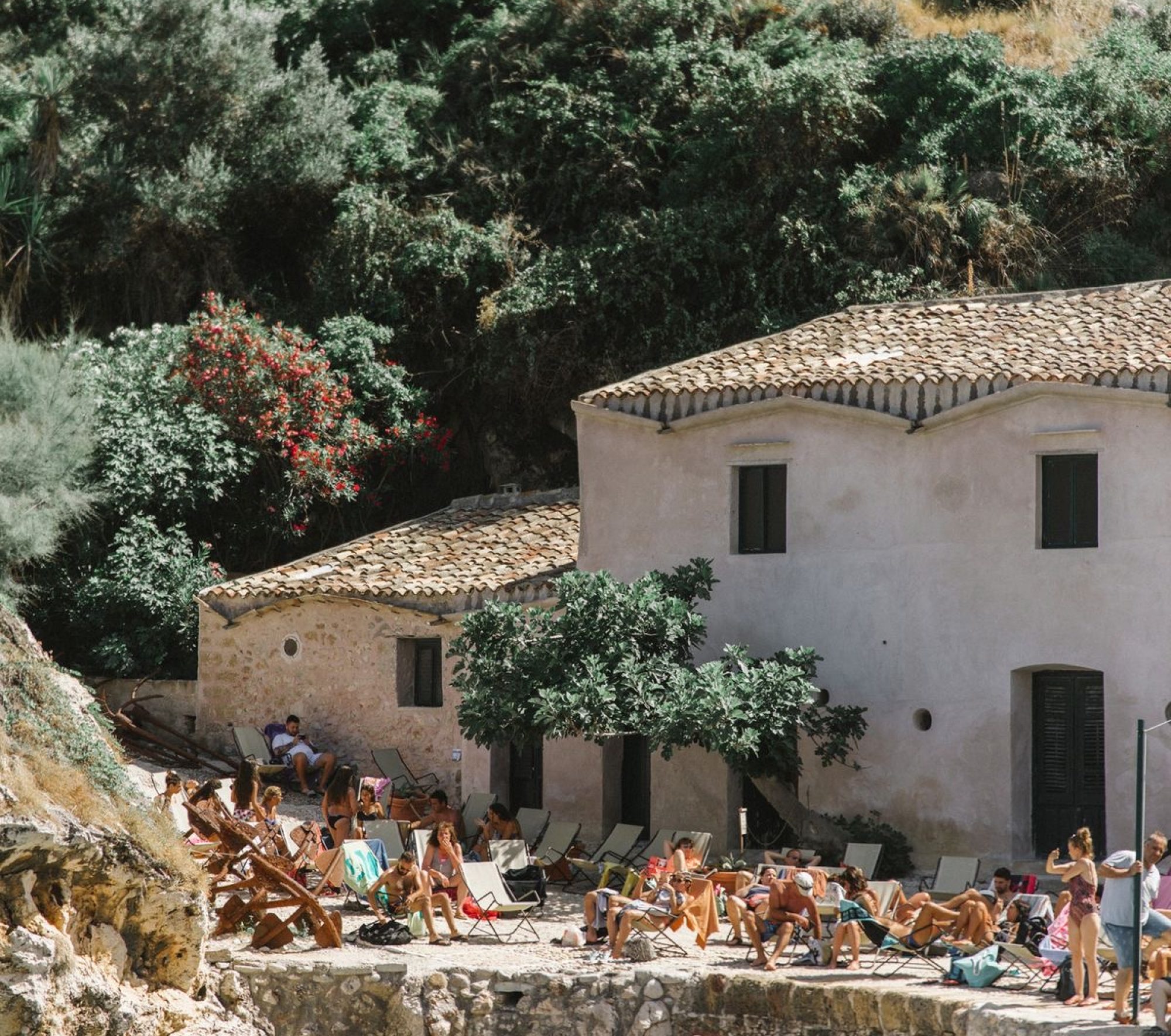The Shrouded Woman was the first book (up until this point) that I enjoyed reading. I appreciated the female author, and I found it was easier for me to identify and empathize with the narrator, Ana Maria. I found it fascinating to read a story from the perspective of a dead person, as this is obviously something unknown to humanity and is not the most common in literature (from what I know of). I found this novel creative and it’s unfamiliarity allowed for a certain sense of mystery and thrill. While reading, we are placed into a world of binaries: life and death, love and hatred, the strange and the familiar. We learn about Ana Maria’s family ties and dynamics, and interact with her family and friends as they visit her dead corpse. Maria Luisa Bombal writes so intimately that she provides readers with clear, strong images with which to reflect upon.
I enjoyed the presence of multiple female main characters and the femininity that surged from the book, something we have not had in the past couple books we have read. Although the women were strong characters, they all seemed unhinged and/or confused or distracted. On the flip side, the men were all fairly tame and controlled. Though this stereotypical (and often sexist) portrayal of women bothered me slightly, I enjoyed the centring of the women and having the men as more supportive roles in the background of the women’s stories, especially Ana Maria’s.
Ana Maria tells stories of different men in her life, and we see how her identity continues to shape and change throughout the course of the book. With Ricardo, her first love, she seems enamoured with him, eventually driving him away. There is then Alberto, a man whom she is forced to marry by her father, who seems to be abusive and is a central figure in the loss of her identity. As different characters come in and out of the story, we learn about vivid memories with which Ana Maria revisits. In the first dozen chapters, I found Ana Maria’s honesty malicious and thought she was a hostile and spiteful woman. However, my views of her changed around chapter seventeen, where we really get to know Ana Maria on a more personal and deep level through her relationship with Alberto.
Throughout the book, Ana Maria grappled with what seemed like a certain desire to live again. At the end however, she says, after her body is taken from the bed and put into a coffin, that “she does not feel the desire to rise again” (249). As a reader, this was a compelling ending to the story.
How do the constraints and desires with which Ana Maria deals with throughout the book compare to the non-fictitious world with which women live? How does Maria Luisa Bombal represent women and femininity in her writing?
